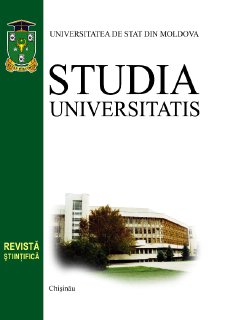PATHOGEN INACTIVATION MECHANISM WITH APPLICATION IN IMPLANTOLOGY
Ion MUNTEANU, Universitatea de stat din Moldova
Abstract
At the present time, a special attention is given to the large-scale using of implant treatments. Modern implants
have a good rate of success, reliability and longevity, they are minimally invasive, delicate and resistant. Due to the
development of some forms of pathogens at the implant-tissue contact, there are situations of poor adhesion of the
implant surface to the organic tissue. The application of chemical or surgical methods in such situations are difficult.
But in order to solve these phenomena, new techniques are needed to be implemented. That why it is proposed to
apply ultraviolet radiation on the optical system (photonic crystals and photonic fiber crystals) of modern implants
to treat the infection that can appear on the surface between the implant and the cellular tissue in the process of poor
adhesion. These combinations of periodic quartz optical structures are deposited and regularly arranged (set of fibers
or spheres) on the implant surface, which can be used as a large volume dispersion of ultraviolet C radiation to treat
the infection at the surface between the implant and adhesion tissue. The proposed periodic optical structure contributes considerably to increasing the adhesion of the implant to the cellular tissue, thus stimulating cellular growth
between the elements and the implant.
Keywords: implant, decontamination, UV-C radiation, pathogen inactivation, metamaterials.


